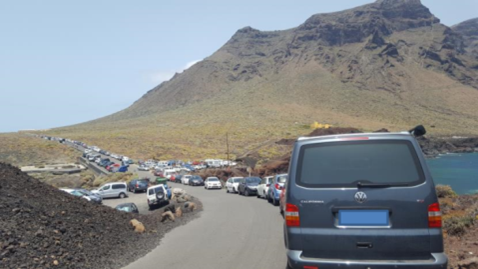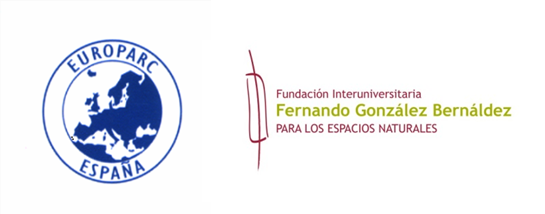Case Study
Carrying capacity assesment: an overview
Contact name
Diego García-Ventura
Institution name
Fernando González Bernáldez Foundation/EUROPARC-Spain
Region & country
Spain
Summary
Carrying capacity linked to public use in protected areas is a concept that appears and disappears continuously in some references, but few people know exactly what it means.
This case study aims:
1) To review principal contributions to define and to apply this concept from early 60s to present.
2) To propose a definition and a methodolgy easy to apply in protected areas.
Fernando González Bernáldez Foundation and EUROPARC-Spain have been working on a practical methodology applied in several Spanish protected areas. Some examples and approaches from these experiences are shown in this case study.

Parque Rural de Teno (Tenerife).
Background of the project
This concept was born in the early 60s linked to visitor trampling in wilderness in order to assess environmental impacts of some recreation activities. These studies created an emergent researching line named “Recreation ecology”, firstly focused on grass and soil erosion and progressively extended to other points: fauna (“Disturbance research”, focused on birds and large mammals), geological heritage and the impact on self-visitor experience.
The rise of tourism and recreation in natural protected areas around the world is a well-known fact, mainly in attractive areas like beaches, mountains, canyons and others, which serve like a setting to a variety of recreation and tourism activities. Contrary to other land uses, many recreation and tourism activities may deeply damage nature and produce such impacts as erosion, habitat loss and damages to fauna and flora, among others.
Solution and actions taken
Managers need to deal with the increase of visitors and public use services through management planning frameworks (LAC – Limit of Acceptable Change, VERP – Visitor Experience and Re- source Protection, VIM – Visitor Impact Management). These management planning frameworks have a common scheme that is applied nowadays in several protected areas. In these schemes, carrying capacity assessment sets standards values to decide if visitor intensity is acceptable or not.
Since several years, Fernando González Bernáldez Foundation and EUROPARC-Spain have been working in order to improve carrying capacity assessment methodology and to apply it on Spanish protected areas.
We assume carrying capacity as maximum visitor level that an area can hold with no impact / the least environmental impact level & the best experience quality for visitors.
Other institutions or parties involved
Results
The result is a handbook that summarizes the state of the matter and proposes a methodology to tackle visitor impacts in protected areas.
Available at : https://www.miteco.gob.es/es/ceneam/recursos/materiales/capacidad-acogida_tcm30-100347.pdf
Challenges
Since most of the carrying capacity approaches were designed in the USA, there are not enough ones developed and applied to the variety of European biogeographical regions and their protected areas.
Lessons learned
-Carrying capacity assessment is an interesting approach to face a classical question: Is my protected area crowded? How much?
-Try to indentify in advance what kind of facility/service/activity has problems and focus on it.
-Values are not “magical numbers”: it is a mean to introduce strategies and tactics for managing recreation impacts.
-Methods should be flexible enough in order to be adapted to local conditions.
-More European cases expected
Contact name
Diego García-Ventura
Institution name
Fernando González Bernáldez Foundation/EUROPARC-Spain
Website(s)
